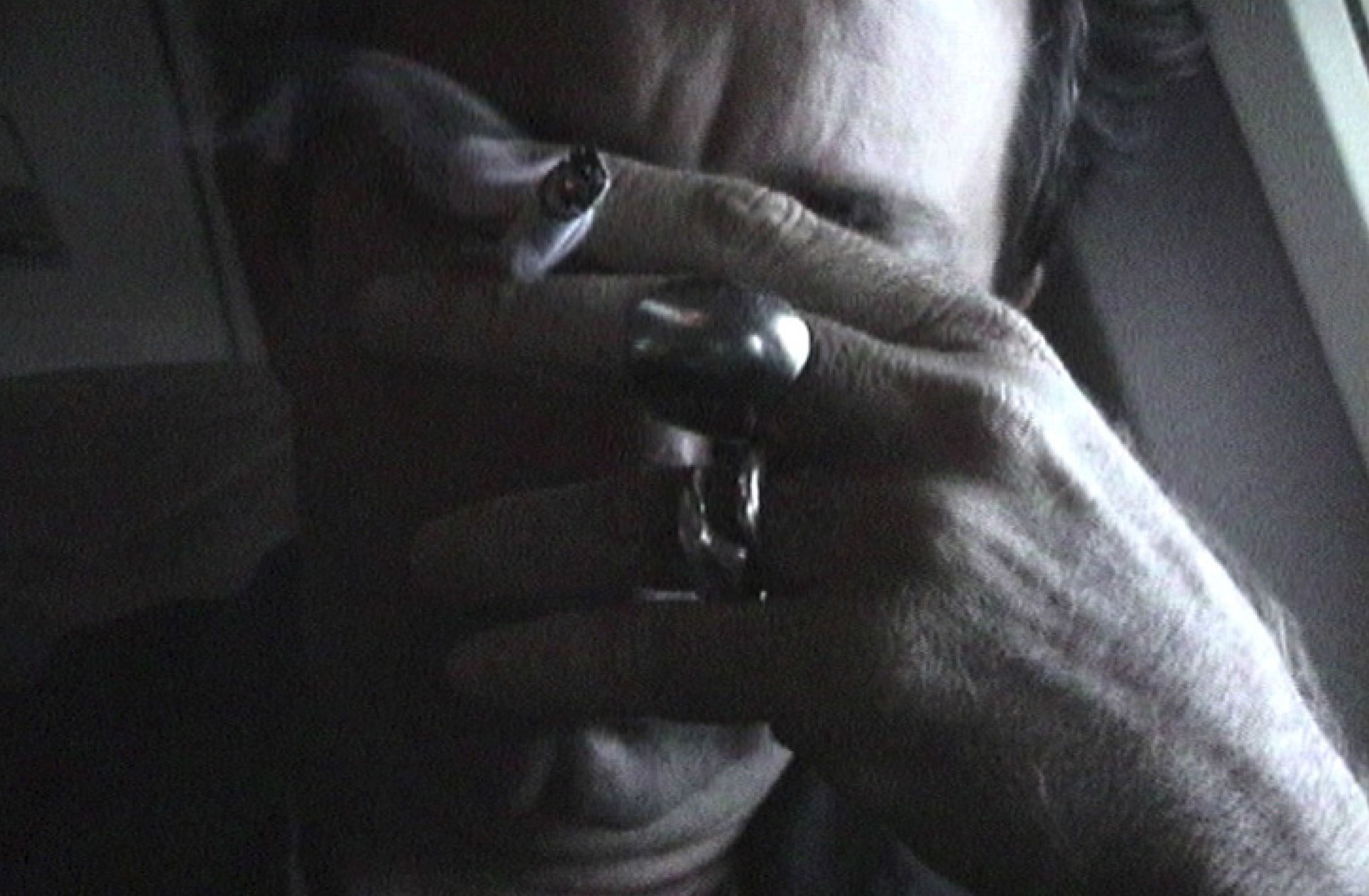
O Instituto Mário Cravo Neto foi criado em 2016 com o objetivo de promover o conhecimento e compreensão do legado do artista, incluindo a diversidade de técnicas, meios e assuntos que Cravo Neto explorou ao longo da sua vida.
Em prol desta missão, o Instituto preserva a memória e trabalho do artista além de fazer parcerias vitais para a conservação do trabalho realizado nos 47 anos da sua trajetória, tais como o Instituto Moreira Salles, que abriga todos os negativos em excelente condição, possibilitando a pesquisa e acesso as imagens realizadas por ele.
O Instituto também se propõe a curar seleções representativas do trabalho de Cravo Neto, além de servir como base para informações confiáveis e abrangentes sobre a vida e o trabalho do artista, cuidando da qualidade nas publicações que estão autorizadas a intermediar a reprodução do trabalho e encorajar indivíduos e instituições cujos empreendimentos artísticos e acadêmicos buscam referência neste acervo.